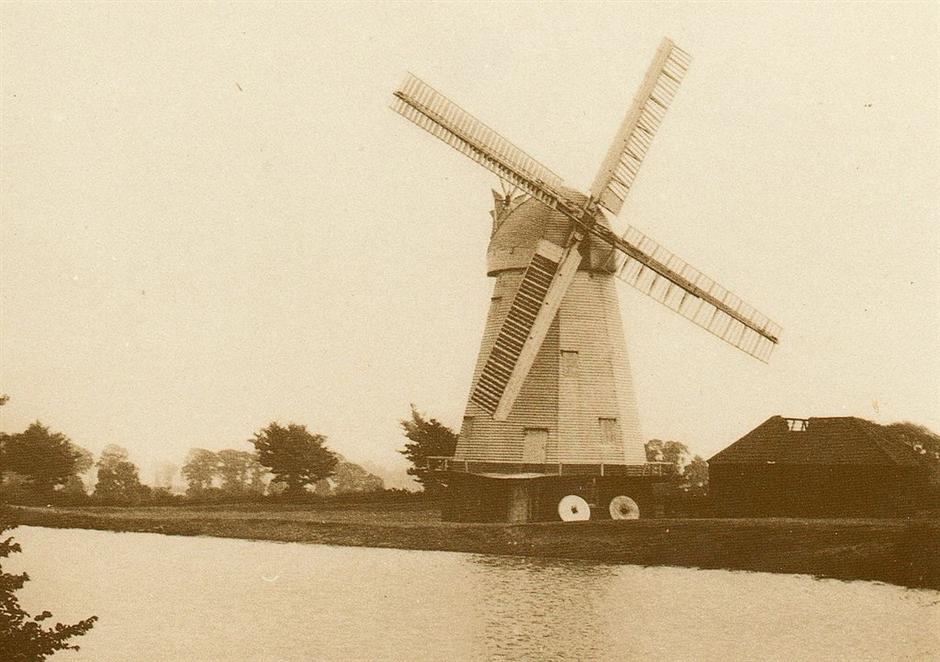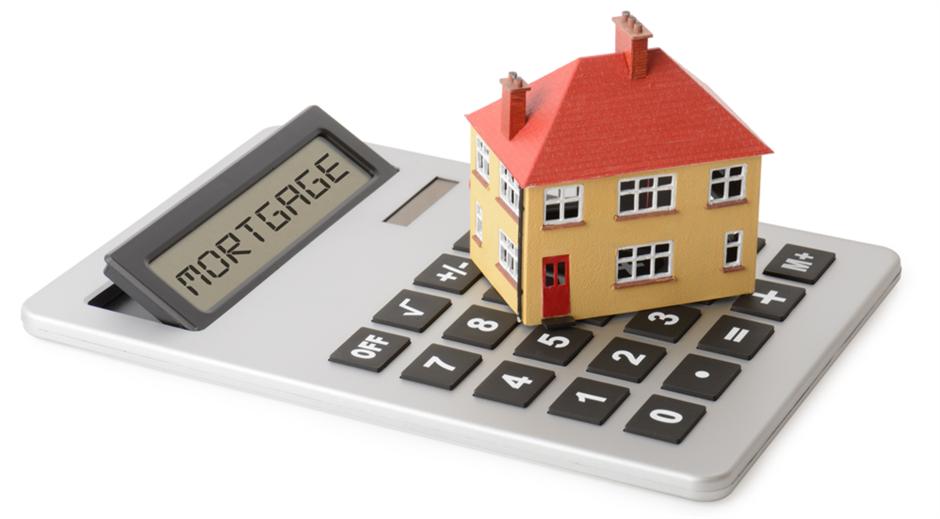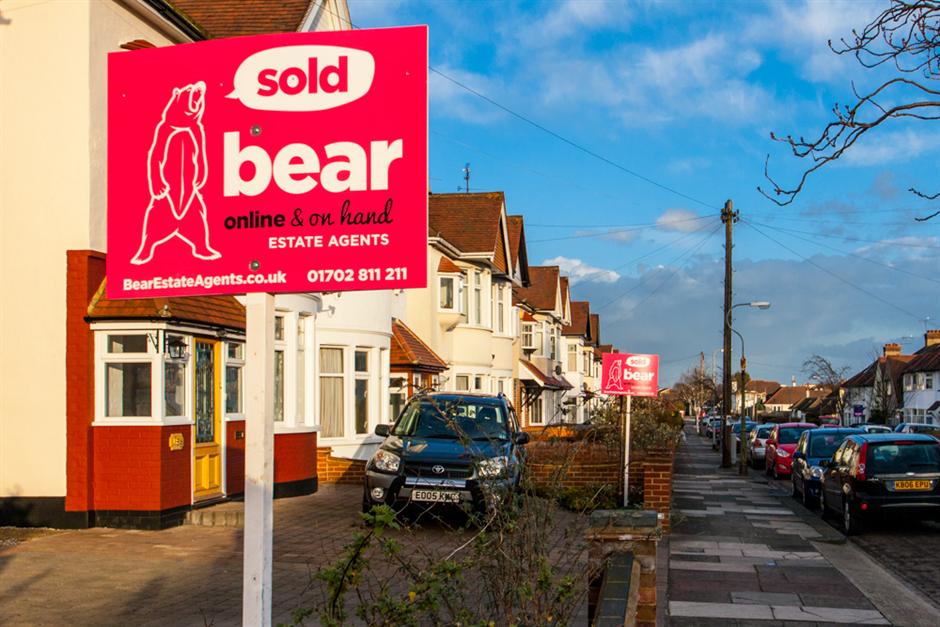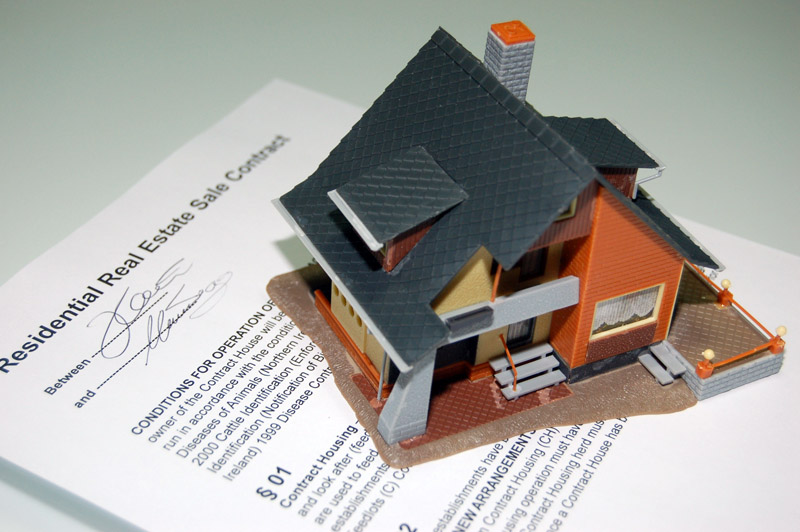
South Ockendon History
- By Sharon Harris | Photography by | Saturday, November 22, 2014
Whilst visiting a cathedral or a castle we would expect to uncover historic events, but in a small rural area of Essex, historic value may not be so obvious. Especially when it reflects changes in social attitudes of the 20th century.
South Ockendon windmill was built in the 1820's but ceased working in 1923 after which it collapsed in 1977. It's remains have been stored until it can be re-built by Essex County Council. South Ockendon however, is known for more than just its abandoned windmill.
South Ockendon as a village was a parish that had its own priest as early as 1085. The village’s centre was the village green, where the roads joined from the south, west and north. On it stands a 14th century tavern, the Royal Oak, and a Norman church.
To the south of the village lay an area known as Little Mollands, once part of the South Ockendon Hall estate. It was bought in 1905 by West Ham County Borough Council who had a growing problem of unemployment and people who had no access to the ‘Poor Law’ benefit. The land was to be used in an experimental way, as a working farm in which the unemployed would live and work. For their work in this ‘colony’ they received wages of 10 shillings a week, even though it cost the council 30 shillings (approx. £1.50). The ethos was very much, training people to work for their money.
For a short time, during WW1, the colony was used for German Prisoners of War and very little is known about their treatment in the colony, although terrible stories of the degradation and hard toil that allied prisoners faced in camps abroad is well documented. Once WW1 ended, the POW camp reverted back to a social farm colony.
In 1932 a ‘Colony for Mental Defectives’ (British History Online) was opened at Little Mollands Farm. This was in response to a growing social awareness that some people needed help and care and came long before the 1948 birth of the NHS. The answer came in another social experiment, sending people with mental problems away from the London Boroughs to remote Essex, South Ockendon. One and two storey villas were built and named after the trees they were set amongst; Pine, Beech, Lime, Willow and Laurel, in 84 acres, the other 94 acres remained as farm land.
By the outbreak of WW2, 520 beds were made available, but by 1945, with many nurses having enlisted, there was a huge shortage of staff. A student nurse could be found caring for up to 60 patients.
In 1948 the colony became part of the NHS but remained overcrowded and understaffed, despite new facilities being built.
South Ockendon Psychiatric Hospital as it was then called had even more villas built as well as clinics and operating theatres. One such villa opened in 1967 as a Regional Secure Unit for ‘mentally handicapped psychopaths’. Upheld complaints of inhumane treatment meant that its use as a secure unit was not long term.
Stories of terrible conditions in other ‘mental hospitals’ started appearing in national newspapers and this, coupled with the killing of a patient by another patient in South Ockendon and the fact that the 1065 bed were still not sufficient led to changes. IN 1970, the South Ockendon Psychiatric Hospital would only admit one patient for every four discharged.
In 1971, a school for ‘educational subnormal’ children under 16 years old was opened but by 1972, the death of an elderly patient in dubious circumstances as well as concerns about neglect of other patients, led to a nationwide reappraisal in mental care; the ‘Report of the Committee of Enquiry into South Ockendon Hospital’.
The idea of patients being ‘made ready’ for return to the community was fostered and six terraced ‘bungalows’ were opened in which patients would receive training in daily living requirements.
By 1979 the hospital had 724 beds and in 1990, 594 beds, as patients were integrated into smaller homes in the community.
South Ockendon Hospital was closed in 1994, after which it was mostly demolished.
It could be said that this area of South Ockendon was used as a social ‘prison’ for almost all of the 20th century. Sending people away from their communities to work, certainly as a POW camp, and then a psychiatric hospital, again far away from their communities and family.
Times have changed, as has public awareness, but it is to be hoped that with increased privatisation of the NHS, the old idea of locking people away from prying eyes, does not resurface.
Happily, this area of South Ockendon has become Brandon Groves, a peaceful estate of all types of housing. Its streets are named after trees, just as the original hospital villas were. Some mature trees still survive and Brandon Groves is a thriving community set amongst green fields. Homes are sought after and there is a community centre and school there.
The only reminders of the past are several plaques, some gates and a couple of buildings left from the hospital era.
Help us to Share
Please take a moment to help us share this blog by clicking one of the social buttons below.
Thanks for reading, Sharon Harris.
Don't forget to follow us on Twitter: @BearEstateAgent
< Back to Bear Shouts















